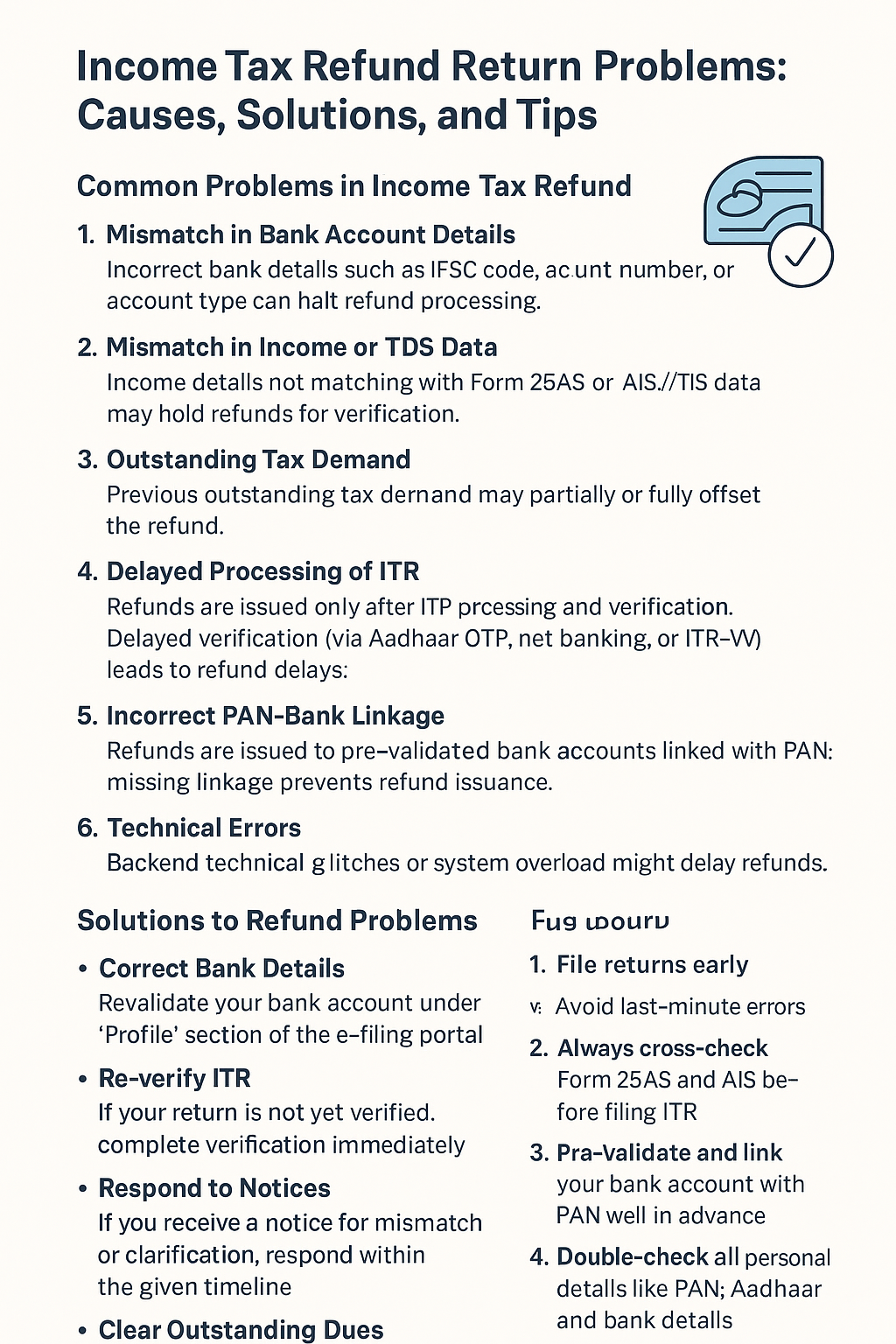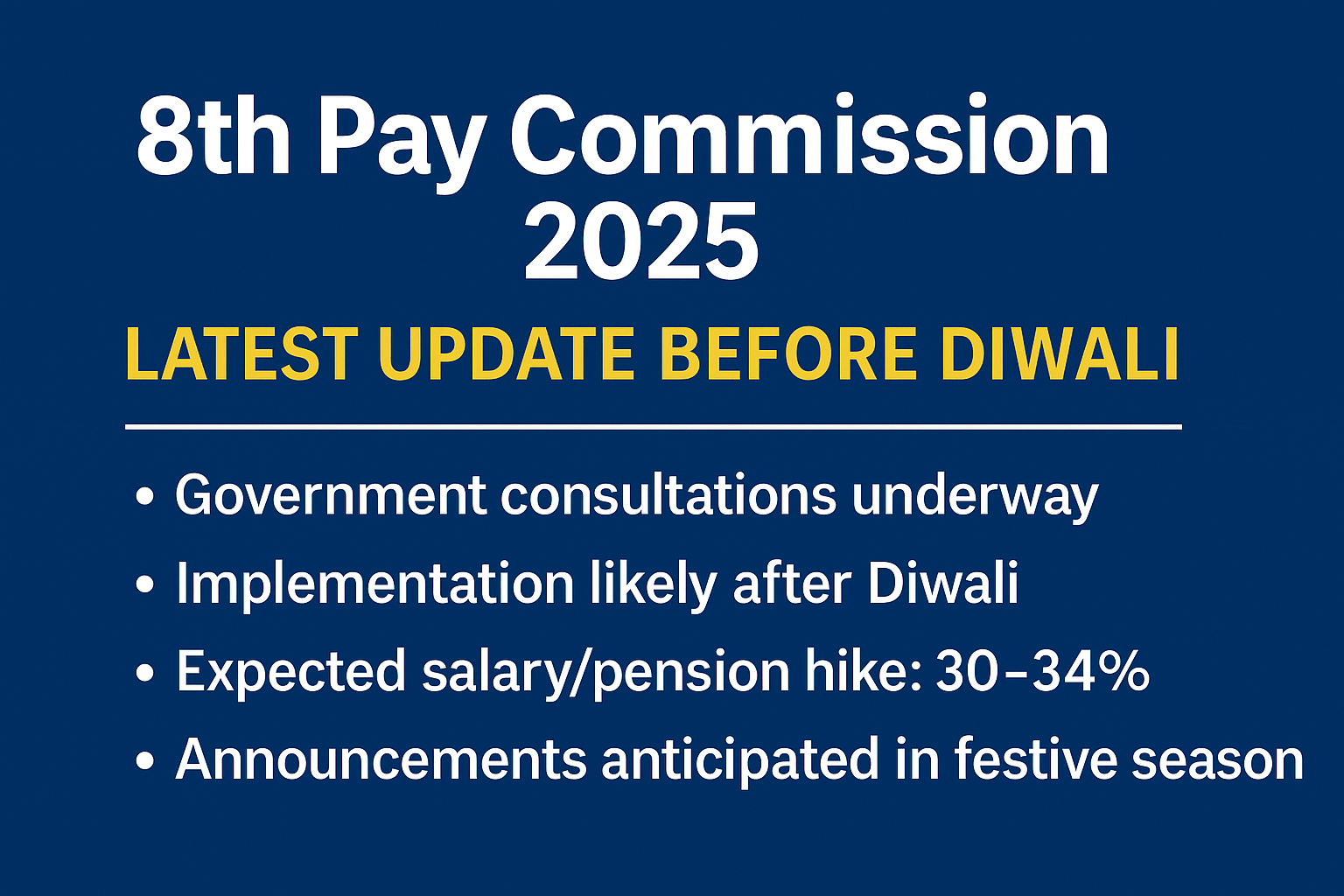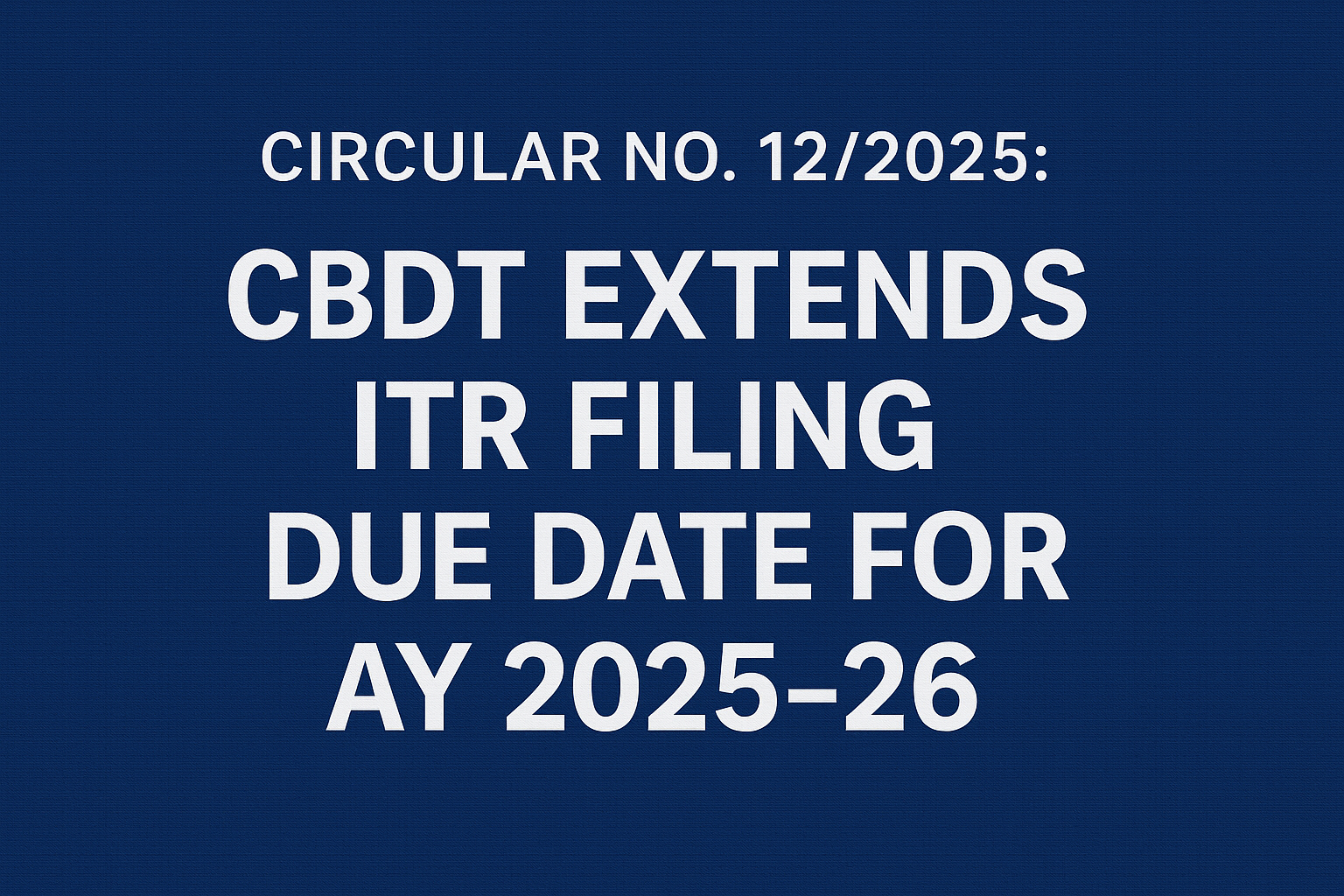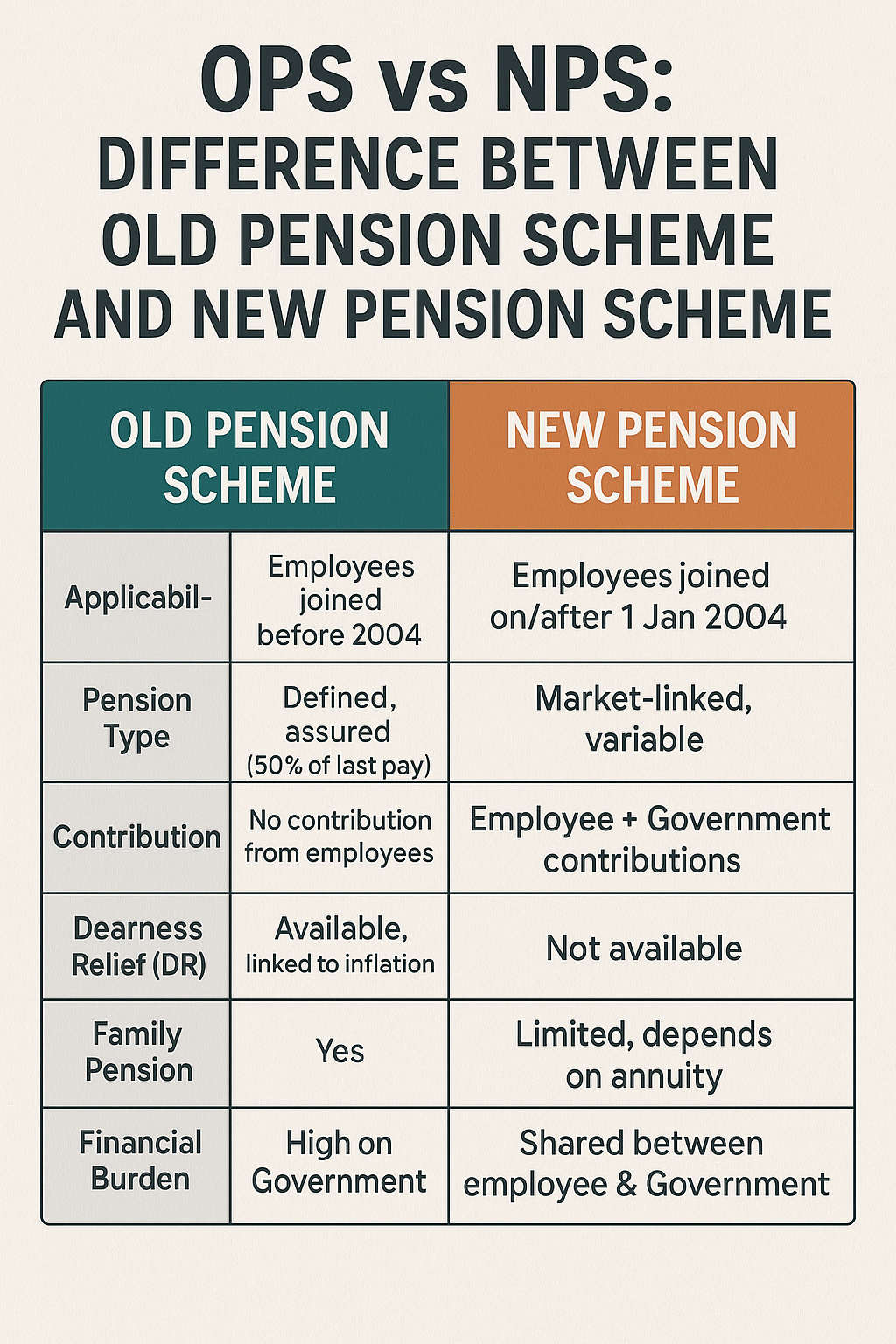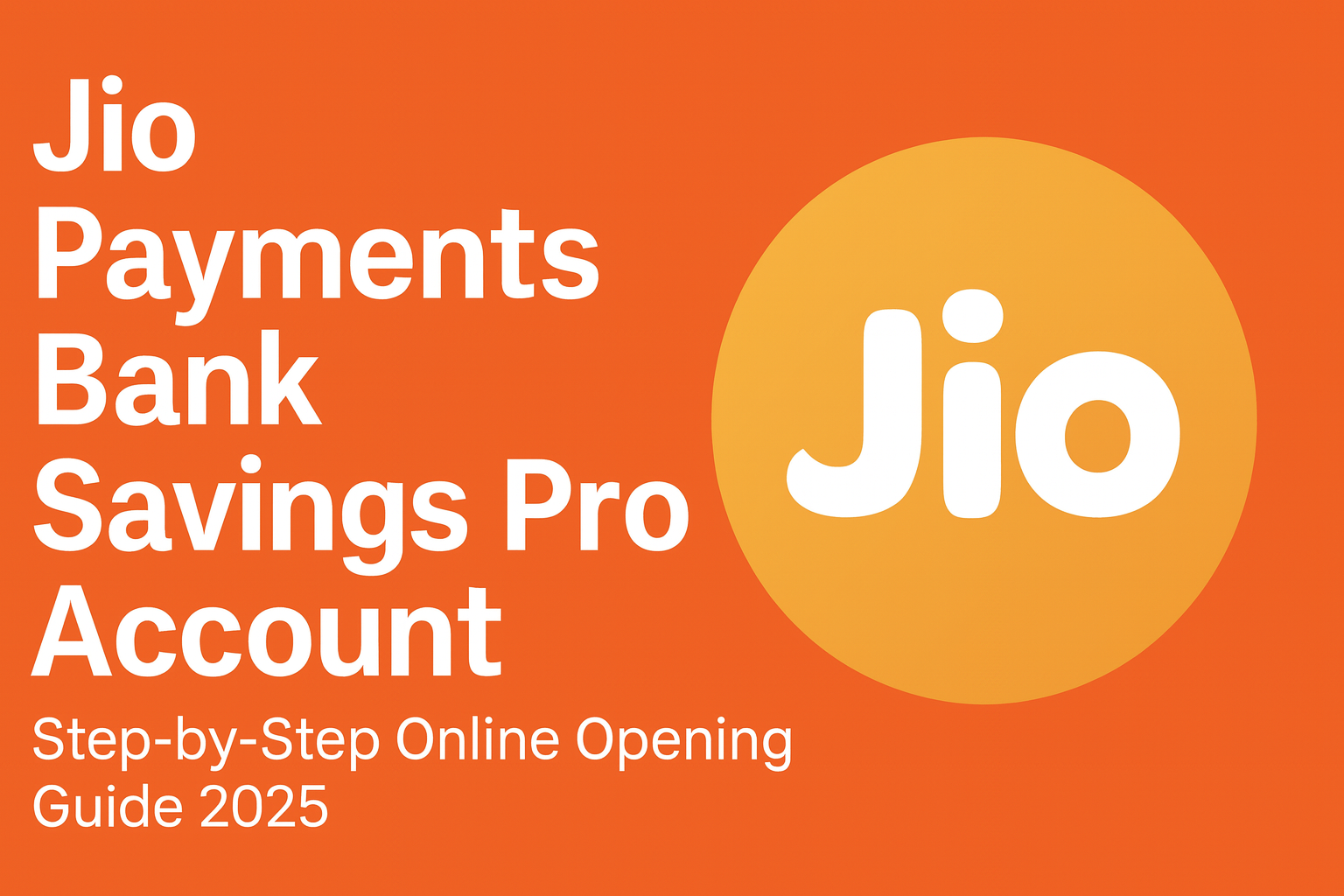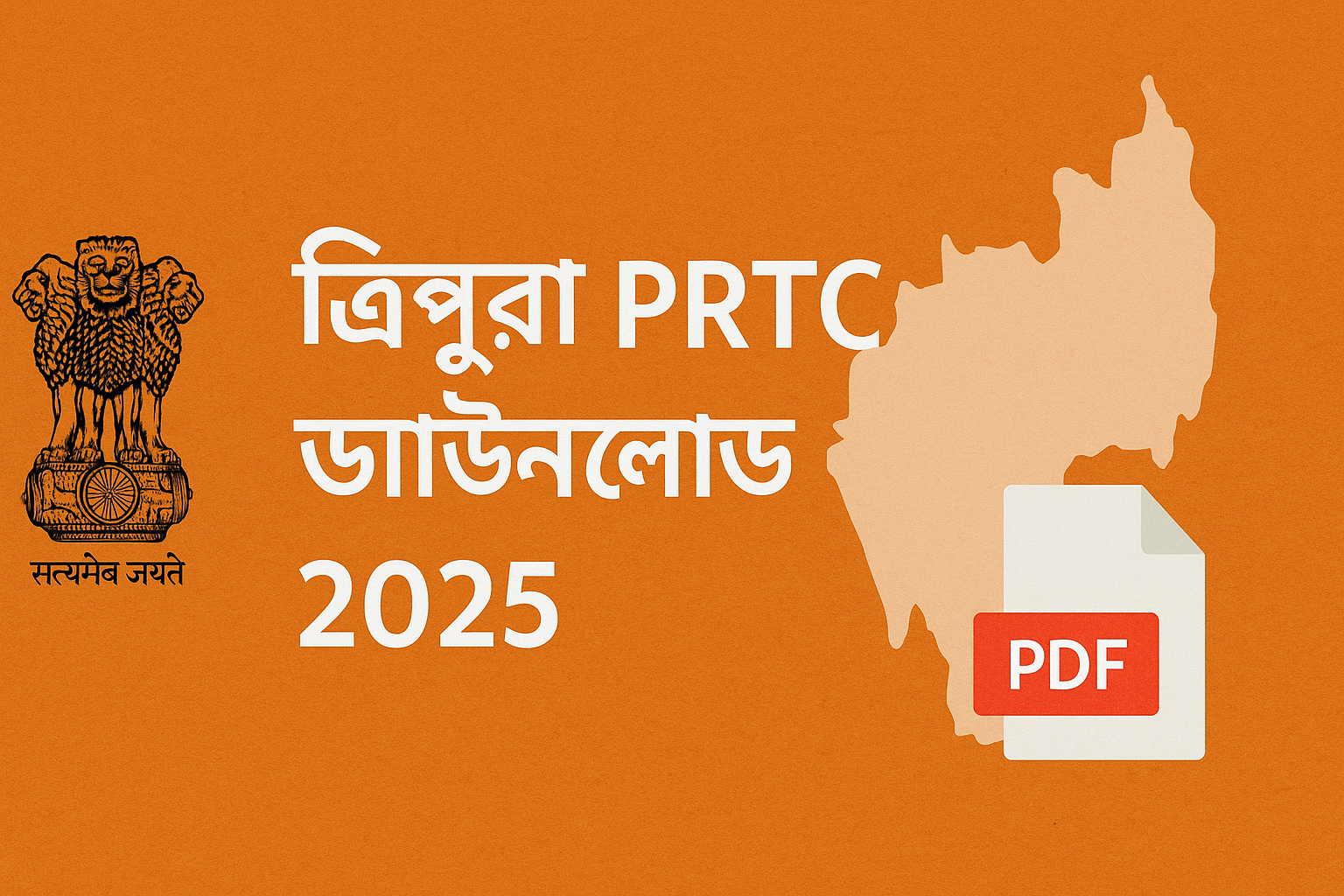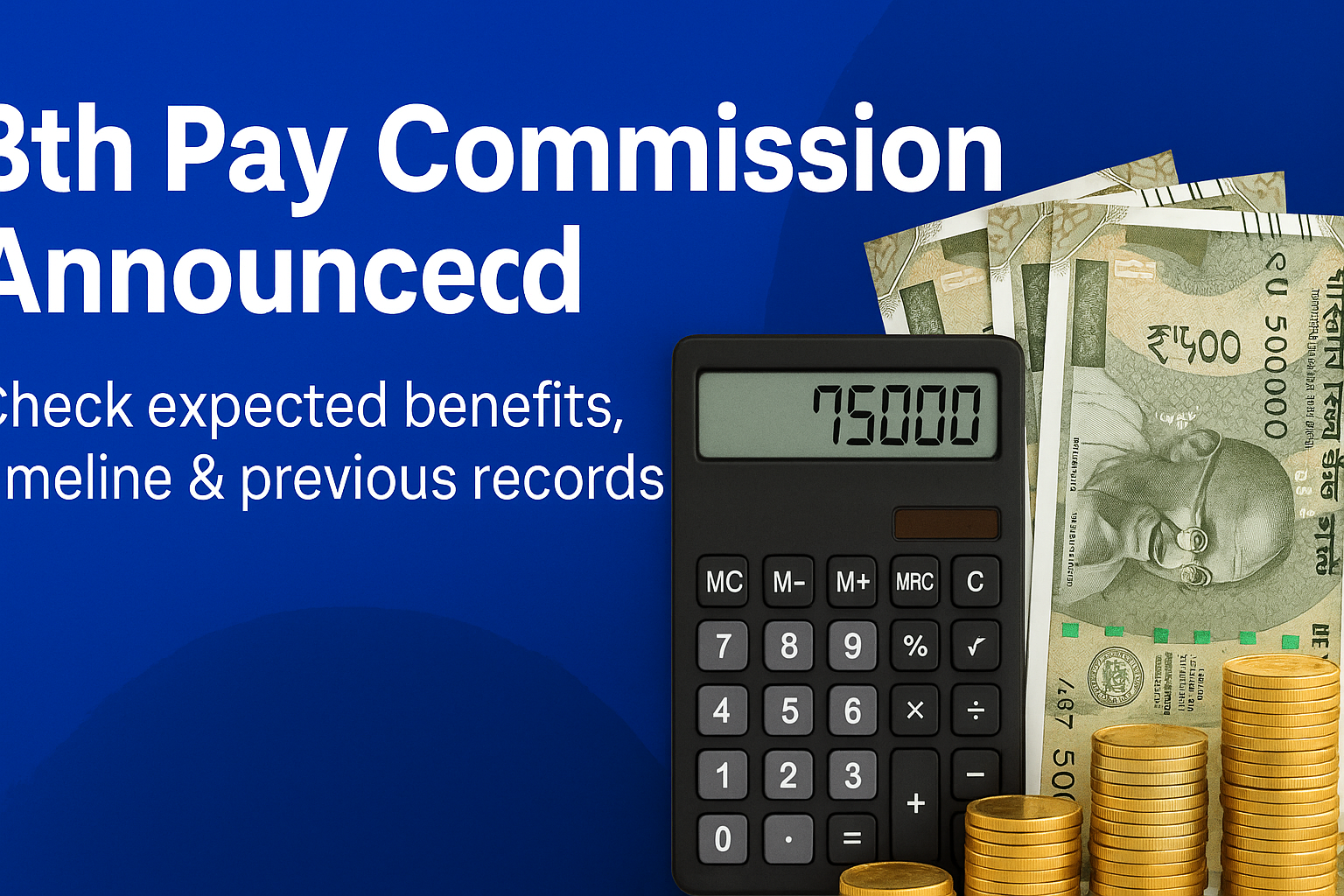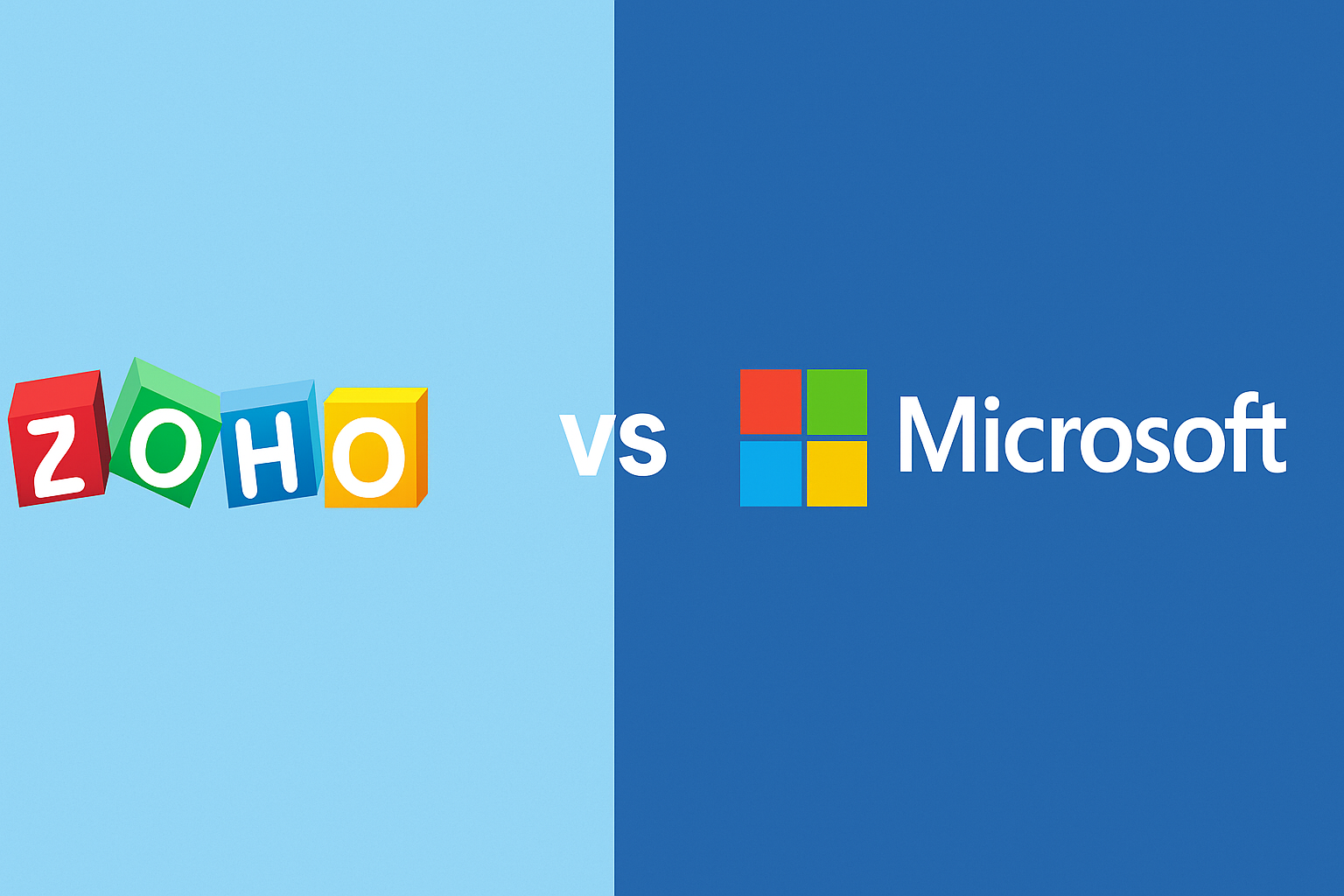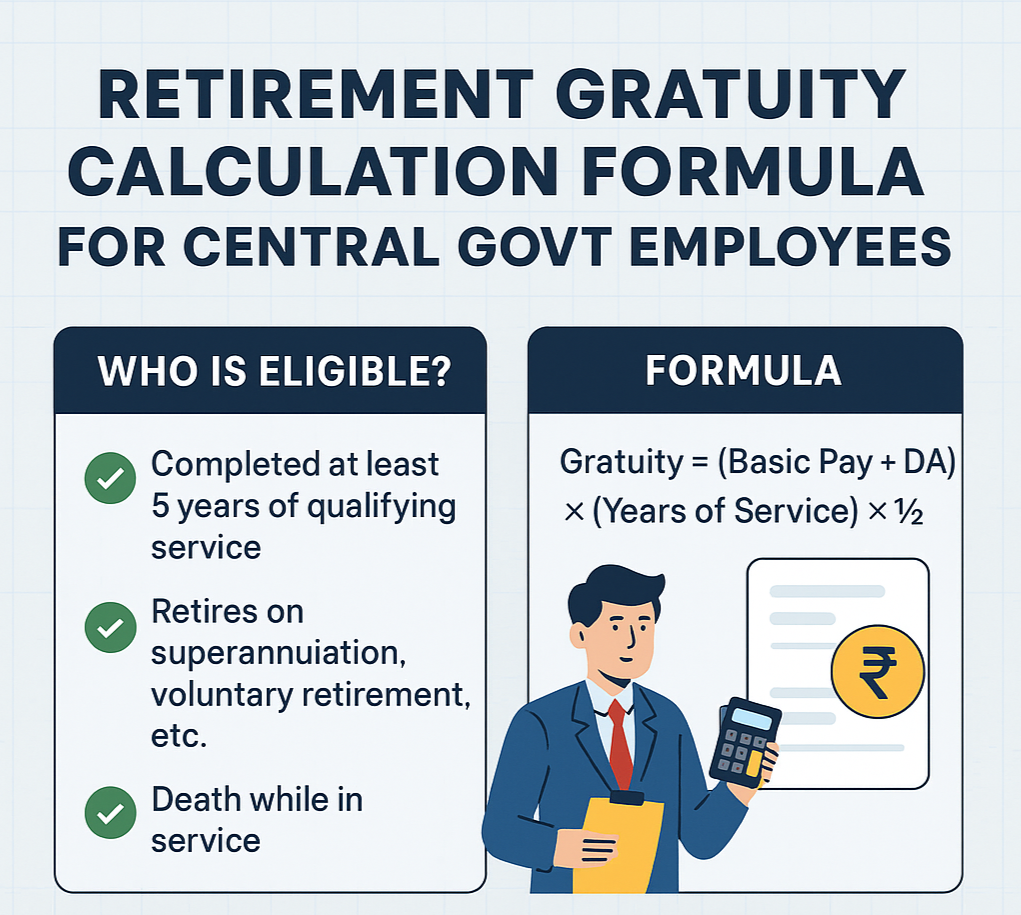8th Pay Commission officially announced effect from January 2026,
.jpeg)
8th Pay Commission officially announced effect from January 2026,
The 8th Pay Commission: An Overview
India’s 8th Central Pay Commission (8th CPC) was officially announced in January 2025, with approval for its formation granted via a Union Cabinet decision . Traditionally, Pay Commissions are established every decade to reassess and revise the salary, allowances, and pension structure of central government employees and pensioners.
The Commission aims to address inflationary pressures, rising living costs, and evolving economic conditions, with broad expectations of increasing both basic pay and pensions while rationalizing allowances .
⏳ Timeline & Implementation Expectations
Official Timelines vs. Practical Delays
-
Implementation Date (Tentative): The Commission is slated to take effect from January 1, 2026 . However, multiple reports suggest delays could push actual implementation to 2028, despite salary and pension arrears being applied retrospectively from 2026 .
-
Historical Precedents: The 7th Pay Commission, for example, took roughly 27 months from notification to implementation, while some analyses mention a nearly 3-year gap .
-
Expert Projections: Kotak Institutional Equities projects the 8th CPC could see implementation between late 2026 and early 2027, albeit with Terms of Reference (ToR) and official office bearers still pending .
-
Parliamentary Acknowledgment: In response to questions in the Lok Sabha, the government has confirmed that while the need for the 8th Pay Commission is recognized, concrete dates and timelines are yet to be fixed .
In summary, official intent is clear—implementation from January 2026—but realistic expectations point toward a delay until 2027–28, with retrospective benefits.
What’s in Store: Pay Hikes, Fitment Factor & Allowance Revisions
Fitment Factor & Salary Hike Estimates
-
Fitment Factor Ranges: Predictions vary broadly—from 1.8 to 2.86, influencing salary hikes of approximately 13% to 34% .
-
Realistic Hike Expectations: Estimates frequently cluster around 30–34%, potentially blending increases in basic pay with allowance rationalization .
-
Sample Figures: One estimate suggests the current minimum pay of ₹18,000 could rise to ₹32,940 at a fitment of 1.83, with pensions similarly scaling up .
-
Hypothetical Projections: Some speculative reports suggest minimum salary could escalate to ₹51,480 and pensions to ₹25,740—though these remain unconfirmed and likely optimistic .
Allowance Structure: Simplifying and Rationalizing
Following the pattern set by the 7th Pay Commission, the 8th CPC is expected to merge or eliminate numerous allowances, particularly smaller ones like travel allowance or regional payments, in favor of bolstering basic pay and Doneness Allowance (DA)—which may reset to zero upon implementation .
Who Stands to Benefit?
Rough estimates indicate:
-
Central Government Employees: Between 45 lakh to 1 crore, depending on the source .
-
Pensioners: Approximately 65 lakh, with some forecasts extending to 70 lakh .
The Commission will have significant socioeconomic impact—boosting disposable income, increasing consumption, and potentially stimulating economic growth .
Potential Issues & Policy Considerations
-
Delay Concerns: Multiple stakeholders have flagged delays. Unions through NC-JCM have submitted memorandum inputs to the Cabinet Secretary .
-
Pension Inequities: Former defense personnel have called for rectification of anomalies under the OROP (One Rank One Pension) scheme—especially for pre-2006 retirees not receiving MACP benefits. They urge the 8th Pay Commission to address these disparities .
Economic Implications
A successful rollout of the 8th CPC would:
- Give central government employees and pensioners a significant income boost, aiding household budgets and consumption.
- Increase the government’s fiscal outgo, impacting budget allocations, deficits, and planning.
- Influence macroeconomic indicators, with ripple effects across markets and GDP projections .
Summary Table: Key Highlights
| Aspect | Details |
|---|---|
| Announcement | January 2025 |
| Tentative Implementation | January 1, 2026 (expected) |
| Realistic Implementation | Likely 2027–2028 with arrears from 2026 |
| Fitment Factor Estimates | 1.8 to 2.86 |
| Salary Hike Potential | 13% to 34%; common expectation ~30–34% |
| Minimum Pay Projection | From ₹18,000 to ₹32,940 (at 1.83 fitment); speculative ₹51,480 |
| Minimum Pension Projection | Possibly rising to ₹16,470 or speculative ₹25,740 |
| Beneficiaries | ~45 lakh to 1 crore employees; ~65–70 lakh pensioners |
| Allowance Changes | Streamlining/merging likely; DA may reset into basic pay |
| Key Concerns | Delays, OROP anomalies, ToR pending |
| Economic Impact | Consumer spending boost; fiscal burden and policy implications |

.jpeg)
.jpeg)
.jpeg)
.jpeg)
.jpeg)
.jpeg)


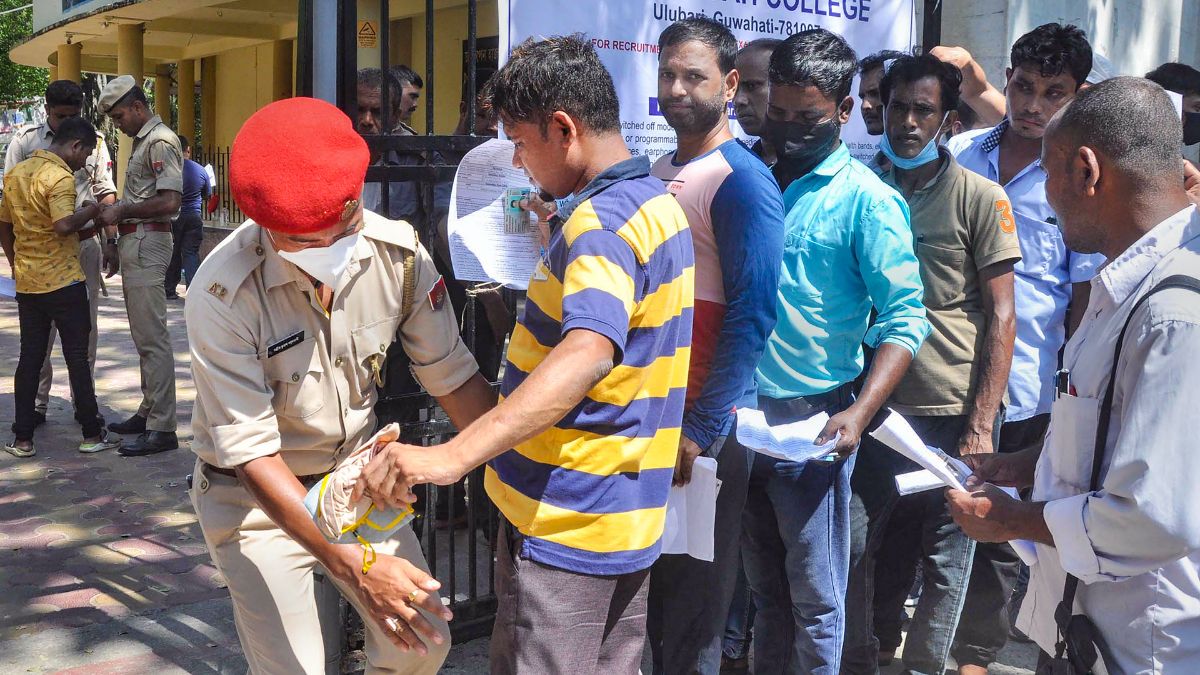

.jpeg)



